5 Ways to Design With Accelerated Mobile Pages
Original Source: https://www.webdesignerdepot.com/2017/10/5-ways-to-design-with-accelerated-mobile-pages/
 The mobile web keeps growing at a rapid pace.
The mobile web keeps growing at a rapid pace.
Smartphones continue to sell strongly, with Apple alone forecasting to bring in $180 billion from its smartphones by 2021. There are over 224 million smartphone users in the United States, making the mobile web an essential focus for any website owner.
The continued growth of mobile web users makes it important for designers and front-end developers to grasp proper design for accelerated mobile pages.
The practice of accelerated mobile pages emphasizes design choices that align with what search engines perceive as friendly, including a defined audience, high-quality content, proper formatting and seamless mobile compatibility. You will notice a variety of accelerated mobile pages when browsing Google in mobile by the abbreviation AMP in search results.
Accelerated mobile pages still use HTML, though they incorporate special elements that prioritize speed on mobile devices. AMP technical requirements are established by the AMP Project, with the standards worked on alongside major traffic influencers like Google. The project was created in response to clunky user interfaces and slow load times when browsing sites on a mobile device.
AMP emphasizes instant speed and a familiarized appearance, giving creators the ability to style their pages within the AMP framework. The boilerplate-centric design on most AMP pages gives a similar feel of navigation, despite differences in content presentation and color schemes.
The result is a faster, more cohesive browsing experience that improves drop rates, increases reader engagement and ushers in mobile web browsing as a mainstay.
With the power and potential of AMP so evident, it’s practical for designers to regard the tips below to help optimize the AMP experience, so their clients will benefit in a variety of ways.
1. Consider AMP-Carousel for the Homepage
Make an impression on the page most of your visitors will begin with. Static content can be displayed on AMP to showcase available products, piquing interest for e-commerce sites as well as those displaying general content.
The AMP-carousel feature enables designers to display multiple similar pieces of content on a horizontal axis. After importing the carousel component in the header, you can utilize type=”carousel” to show up a list of images, appearing as a continuous strip. It’s an eye-catching feature that’s ideal for the front page when you’re trying to hook visitors into seeing something beyond the homepage.
2. Show Related Posts and Products
Encourage site visitors to dig deep into your content. You can accomplish this by showing a list of related products or posts to the one they’re presently viewing. You can statically publish a list of relevant content, accomplishing it instantaneously by using <amp-list>, which populates a CORS request into an amp-mustache template to result in dynamically generated content relevance you can personalize to your specific preference.
If visitors enter a landing page that doesn’t align with their requests, they will either leave the site or look further for what they’re seeking. The suggestion of product alternatives is an excellent method to accommodate the user’s search process, at the very least drawing them more into the site. Even if they do not find what they are searching for exactly, they may find an alternative that does the job just as well.
3. Use AMP-Analytics to Find Areas to Improve
It’s important for any website owner to know how visitors are interacting with the content. The <amp-analytics> component can be used either directly or integrated with a third-party analytics platform, including Google Analytics. Within the <amp-analytics> tag, add the “type” attribute and set the value to your vendor of choice, of which there are many options. The <amp-analytics> component will help website owners have a clearer picture of what pages and design elements are resulting in conversions and which components are experiencing low user engagement.
It’s important to keep in mind when analyzing analytics that, with AMP, smart caching is naturally embedded. The result is that you may view less traffic than usual. Just keep the caching element in mind when analyzing your numbers initially.
4. Use the Built-In Validator
Ideally, designers will never get something wrong, but it can happen. To ensure everything is working properly on a page, use AMP’s built-in validator by adding #development=1 to the end of the page URL. If you open Chrome dev-tools and see the message “AMP validation successful,” then everything is working. If not, you can dig in deeper until the issue resolves. You can also use Chrome dev-tools to verify that all external resources, ranging from images and videos to custom fonts and iframes, are loaded properly.
Additionally, you can validate metadata by using Google’s Structured Data Testing Tool, either by fetching a URL or inserting a code snippet. These tools can help ensure everything is validated, so search engine crawling is enabled. On the note of search engine crawling, also double-check your robots.txt file, to verify that “Disallow: /amp/” is not present in any line. If it’s there, crawlers will not be able to access your AMP files.
5. Implement Ads Within AMP
Another benefit of AMP is a preexisting framework for implementing ads. The amp-ad, or amp-embed, component is a container to display an ad. The ads load alongside all the other resources, with the <amp-ad> custom element.
JavaScript is nonexistent inside the AMP document. Instead, AMP load an iframe from an iframe sandbox. You can set width and height values within <amp-ad>, with the “type” argument specifying the ad network displayed. The “src” attribute loads a script tag for the specified ad network, with various data attributes available to accommodate further configuration from ad networks.
You can also set a placeholder or option for no available ad, via the placeholder attribute. Video ads are also possible with native support, with thorough media component support.
Accelerated mobile pages help increase search engine visibility among mobile users, especially now that Google is embracing AMP pages in its search results.
Additionally, quicker loading times, flexible personalization and visual components that seek to improve bounce rate make for a better mobile user experience than ever.
Accelerated mobile pages provide a fantastic framework for the continuing growth of mobile web users.
The Amazing New BLOCKS 3.2: Easily Create Professional Website Templates – only $14!
![]()
Source
p img {display:inline-block; margin-right:10px;}
.alignleft {float:left;}
p.showcase {clear:both;}
body#browserfriendly p, body#podcast p, div#emailbody p{margin:0;}

 Once upon a dark, stormy night, when all was quiet, a lone web designer was designing away. He had Sketch open, a coffee nearby, and a cheerful tune in his wired earbuds, because Bluetooth is weird and has a delay that bugged the heck out of our Hero. Ahem, anyway…
Once upon a dark, stormy night, when all was quiet, a lone web designer was designing away. He had Sketch open, a coffee nearby, and a cheerful tune in his wired earbuds, because Bluetooth is weird and has a delay that bugged the heck out of our Hero. Ahem, anyway…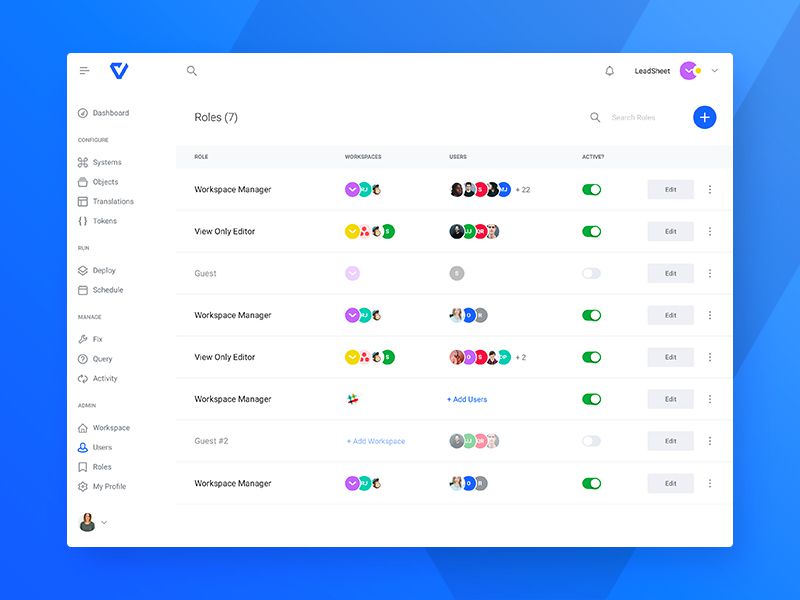

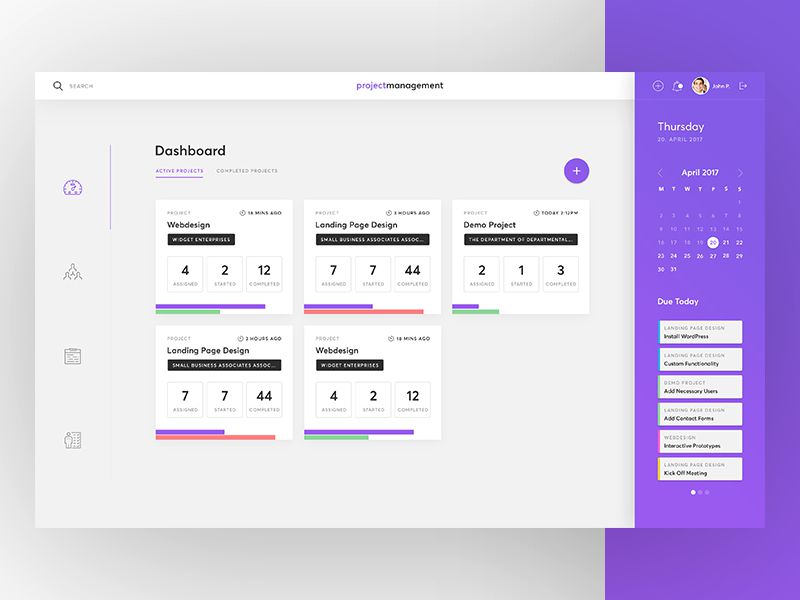
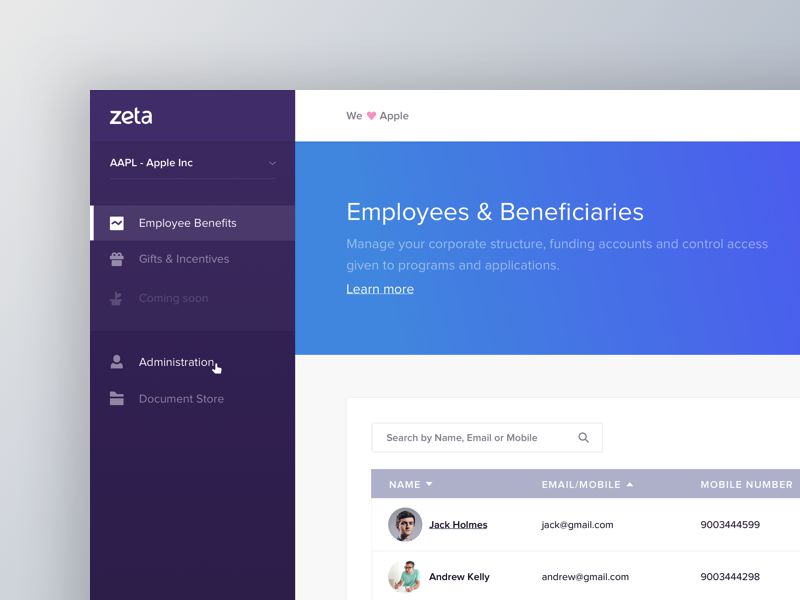

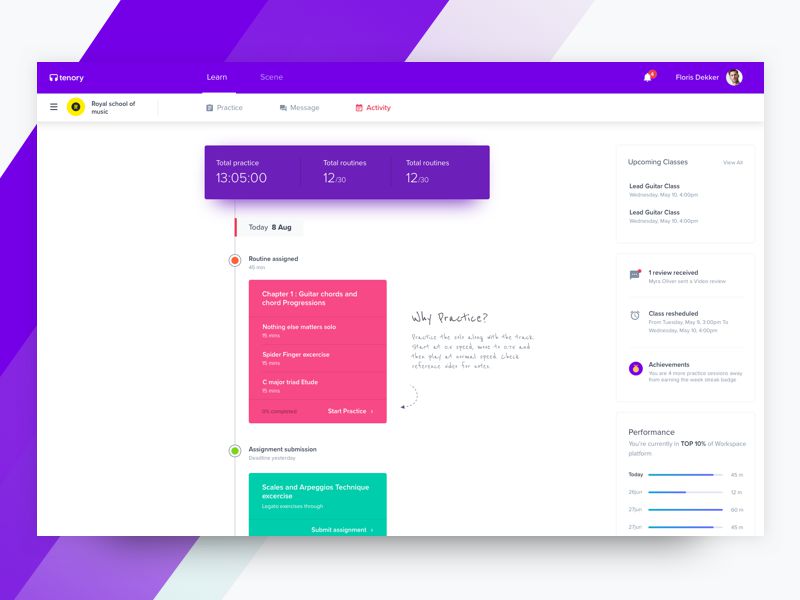
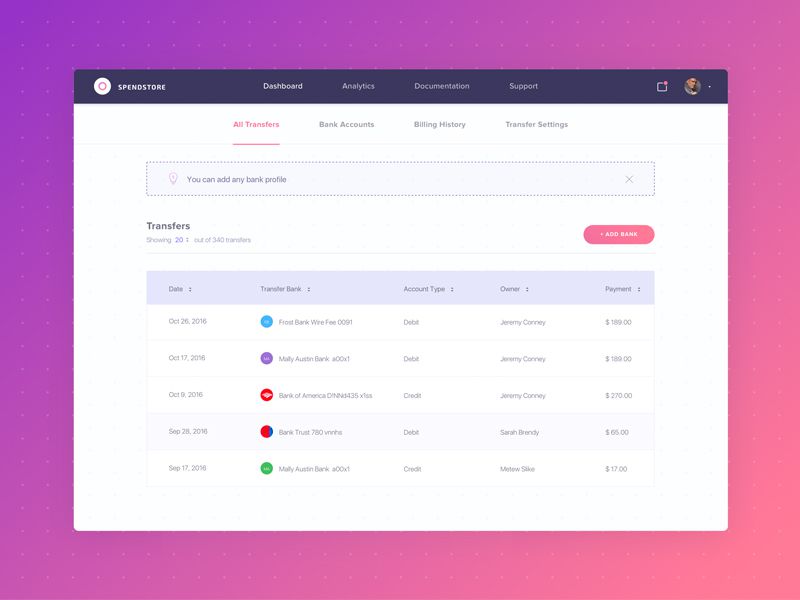
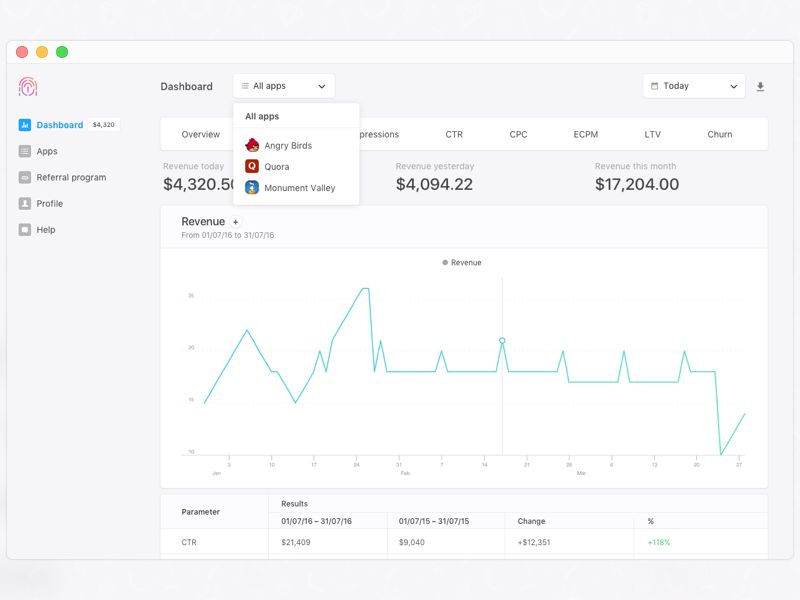
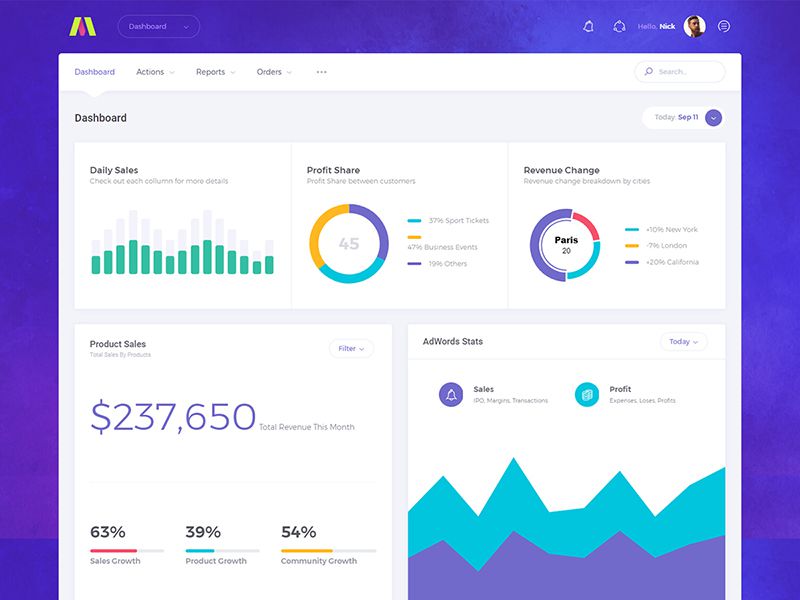
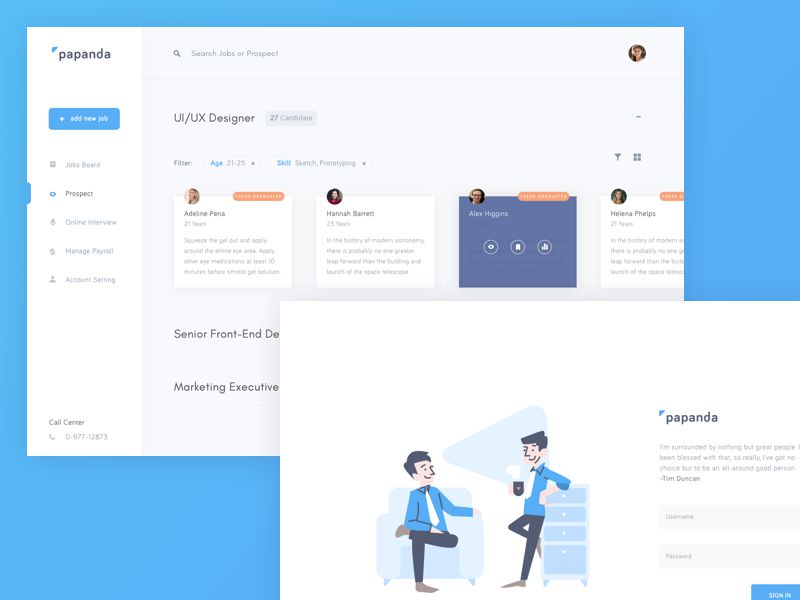
































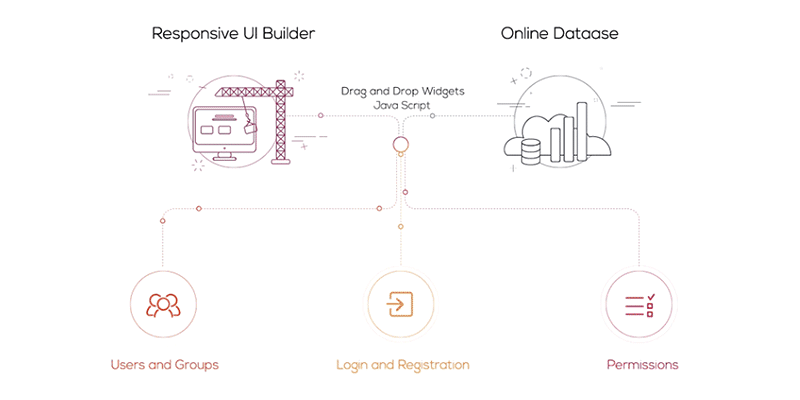
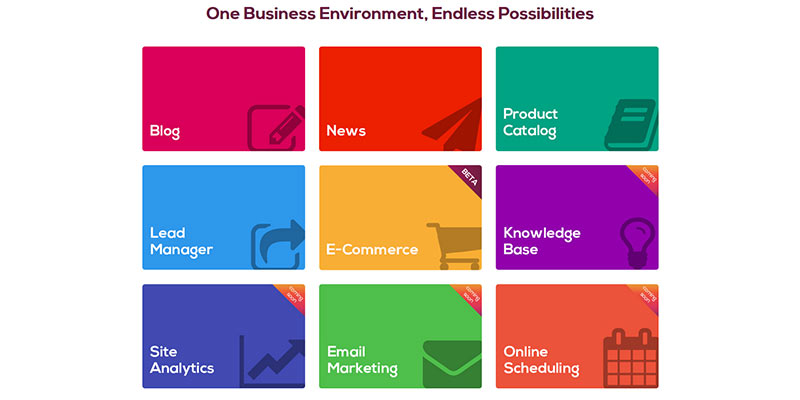
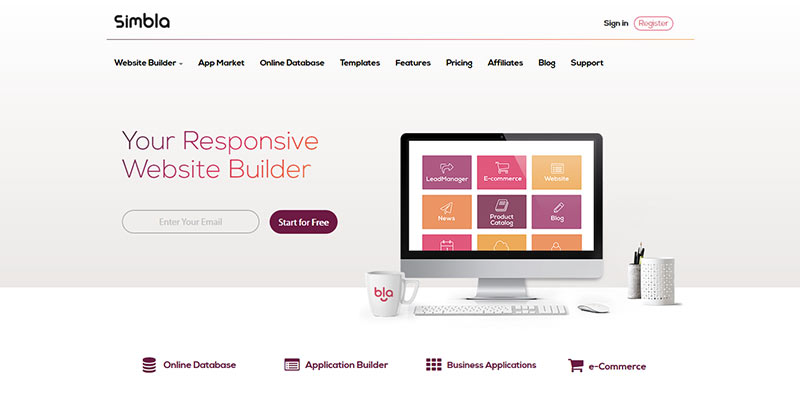




































 Uber Sign Language
Uber Sign Language



